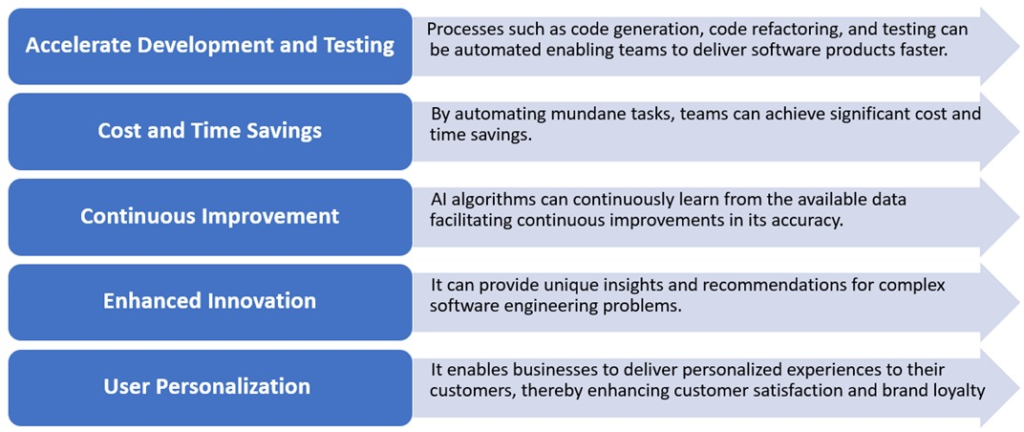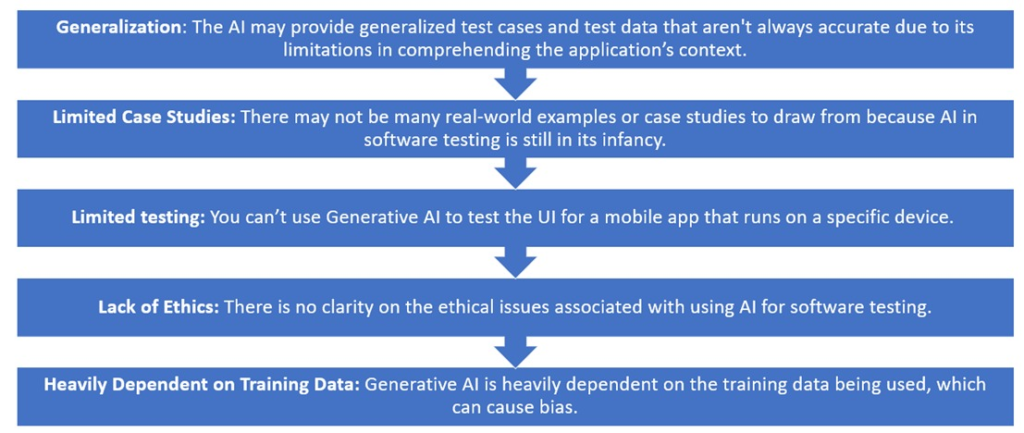With the adoption of agile and DevOps, there is an increasing need to scale the entire development process to facilitate faster releases. The success of any deployment depends heavily on business and technical teams working in tandem and leveraging the maximum potential of automation. Lack of coding expertise is one of the major roadblocks faced by organizations in their automation journey.
As per the World Quality Report 2021-2022, “A lack of coding expertise is a major challenge when it comes to automation.”
As a result, organizations are now increasingly opting for Low Code / No Code development and testing tools.
According to Gartner, “The worldwide market for low-code development technologies is projected to total $26.9 billion in 2023.”
Low-code test automation leverages the power of easy-to-use tools to enable developers/testers to automate the testing process with minimal coding knowledge.
With more involvement of business teams in the QA Ops, there was a need to have handy tools which required NO coding knowledge. That is when No-code test automation tools help.
No-code test automation involves using intuitive visual tools to enable business users to generate test cases with no coding knowledge. The test cases can be generated with the help of a visual interface.
Often, these terms are used interchangeably, but they are very different from each other in reality. The table below lists various aspects of differences between them.

Common benefits of Low-Code and No-Code test automation
As highlighted in the table in the previous section, both of them are cost-effective and efficient ways to improve quality while optimizing the testing process. They can be implemented quickly and can easily adapt to business needs.
Here is a list of benefits that are common to Low-Code and No-Code Test Automation.

These platforms bridge the gap between technical and business teams and help them collaborate better. The teams can now focus on the value and outcome of testing, leading to reduced test cycles and accelerated product delivery. However, it is vital to choose the right testing tools and services that can seamlessly integrate into the existing CI/CD pipeline and effectively automate testing with minimal or no human intervention.
Webomates provides Low Code AI testing services that work in 2 phases as shown in the figure below.

Test Script Generation: Coding knowledge is no longer a hindrance when it comes to script generation. Our AI discovery and generation tool generates not only test scripts that are compatible with multiple automation frameworks but also human-readable test cases for review, making the test review process much easier. This saves precious time and resources.
Execution & Analysis: Webomates’ AI engine effortlessly modifies(heals) the test cases, and re-executes them within the same test cycle. Additionally, it also eliminates any false failures to allow the teams to stay focused on defect rectifications.In addition, test case maintenance is a hassle-free activity with us. Updating the test case scripts and maintaining them is no longer a herculean task, as the AI engine is responsible for doing it for you. Detailed defect triage reports and videos are shared across the board, making it easier for the teams to analyze and work on their strategies.
Webomates’ AI testing services come with guaranteed execution SLA.
If this has piqued your interest and you want to know more, then please click here and schedule a demo, or reach out to us at info@webomates.com. If you liked this blog, then please follow us at Webomates or Aseem.
Read Next –
Continuous testing tools in DevOps





